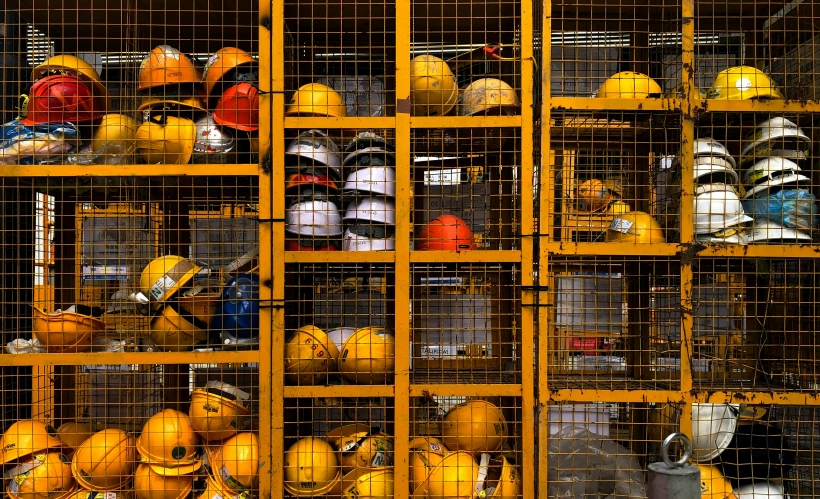1. Introduction
- Background: In my work, excavation plays a crucial role in modern construction, including civil engineering, building projects, and urban infrastructure. I understand that ensuring safety in excavation work is vital.
- Impact of Safety Risks: I have witnessed how safety risks in excavation can lead to injuries and property damage, making it essential for me to understand and manage these risks.
2. Common Safety Risks in Excavation
2.1 Equipment Failure
- Equipment Aging: Over time, I have noticed that excavators and other heavy equipment can wear out and age, leading to failures that affect work efficiency.
- Lack of Maintenance: Regular maintenance is key to ensuring equipment operates safely and efficiently. I often remind my team that equipment not properly maintained may fail at crucial moments, increasing accident risks.
2.2 Ground Collapse
- Soil Types: I have learned that different soil types (such as sandy, clay, and rocky soils) have varying impacts on collapse risks. Understanding soil characteristics helps me develop more effective safety measures.
- Pre-Construction Assessment: Before starting excavation, I always conduct geological surveys and risk assessments to identify potential collapse risks and ensure appropriate preventive measures are in place.
2.3 Personnel Safety
- Inadequate Operator Training: I frequently see operators lacking professional training and skills, leading to mistakes that can cause accidents. Regular training and assessments are crucial for improving safety, and I actively promote this.
- Site Management Issues: Poor site management and communication can increase safety hazards. I strive to ensure all workers understand safety procedures to minimize the likelihood of accidents.
2.4 Rotational Operation Risks
- Dangers During Rotation: During the rotational operation of excavators, I realize that surrounding personnel and equipment may be at risk. Failing to pay attention to the surrounding environment can lead to collisions or injuries.
- Blind Spot Issues: The operator’s field of vision is limited during rotation, making it difficult to see everything around. I recommend using auxiliary monitoring devices to enhance safety.
2.5 Electrical and Water Line Risks
- Cable and Pipe Strikes: During excavation, I have encountered situations where buried cables and pipes were struck, causing power outages or pipe breaks; I understand the severity of these risks.
- Safety Detection: Conducting safety checks for underground facilities before construction can effectively reduce such risks. I ensure that detectors are used to identify the locations of buried lines.
2.6 Environmental Factors
- Weather Impact: Severe weather (such as heavy rain, strong winds, or extreme cold) can directly affect construction safety. I often remind my team to monitor weather changes to avoid unnecessary risks.
- Surrounding Environment: Buildings, traffic, and other activities near the construction site may pose threats to excavation work. I work to strengthen coordination with the surrounding environment to ensure construction safety.

3. Risk Management and Prevention Measures
3.1 Risk Assessment
- Assessment Process: I always conduct comprehensive risk assessments, identifying potential risks and evaluating their severity and likelihood. Regular updates to assessments ensure the effectiveness of safety measures.
- Regular Reviews: I believe that regularly reviewing and updating risk assessments to adapt to new situations and technologies is crucial for maintaining optimal safety management.
3.2 Safety Training
- Training Content: I organize safety training that includes proper equipment use, emergency handling, and rotational operation precautions to enhance team safety awareness.
- Training Frequency: Regular safety training ensures all personnel are aware of the latest safety regulations and technical requirements to cope with the ever-changing work environment.
3.3 Implementation of Safety Measures
- Personal Protective Equipment: I consistently emphasize the use of appropriate personal protective equipment (PPE), such as hard hats, gloves, goggles, and safety boots, to effectively reduce injury risks.
- Safety Signage and Warnings: Placing clear safety signage and warnings at the construction site reminds workers to be aware of potential dangers, which I consider essential.

4. Conclusion
- Summary of Common Risks: In my professional experience, reiterating the main safety risks in excavation work—such as equipment failures, ground collapses, personnel safety, and rotational operation risks—is necessary.
- Call to Prioritize Safety: I hope all relevant personnel will prioritize safety management and adopt effective preventive measures to ensure the safety and efficiency of excavation work.
5. Call to Action
- Share Experiences: I invite readers to share their experiences with safety risks and solutions in excavation work so we can learn from each other and collectively enhance safety awareness.
- Provide Resources: I will offer relevant links and contact information to access more resources on safety management, helping everyone better address safety challenges in excavation work.


